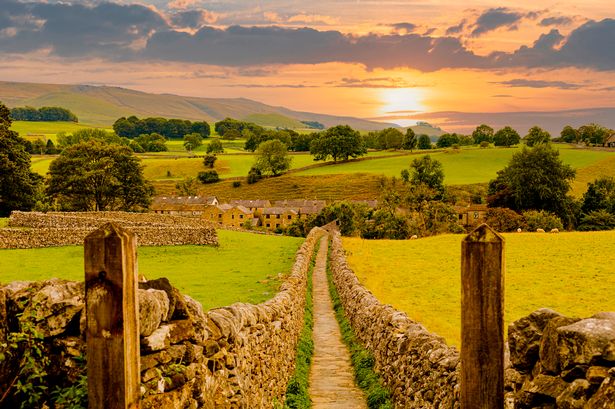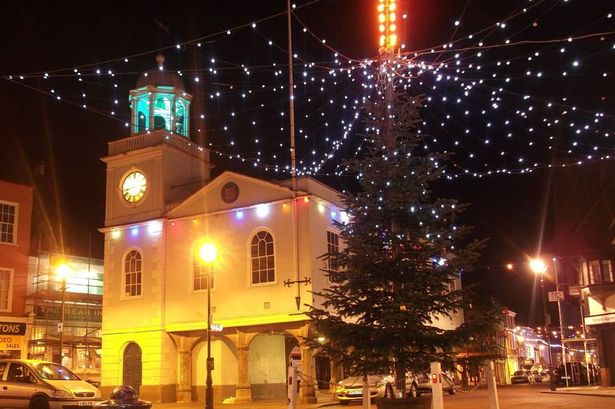Sometimes all you want is the opportunity to slow down life and enjoy a refreshing break somewhere quiet and idyllic – this location is the perfect way to do just that
If you’re dreaming of an escape where rolling green hills meet charming cobbled streets and you’re only ever a heartbeat away from a good cup of tea then one town should be right at the top of your list.
This little gem in the heart of the Yorkshire Dales has become something of a star in its own right, thanks to its role as the fictional Darrowby in Channel 5’s ‘All Creatures Great and Small‘. Fans of the show will instantly spot the familiar streets and stone-fronted shops. But even if you’ve never seen an episode, then the real-life town of Grassington has enough to win anyone over. For families, it’s the perfect blend of adventure and wholesome days out. Start in the bustling village square, where independent shops and cosy cafes, including the Cake House, invite you to linger for a while.
And then there are the proper North Yorkshire pubs where the welcome is warm, the portions are generous and the ale flows freely. Grassington’s inns are the beating heart of the village, from the Gamekeeper’s Inn to Grassington House, offering everything from roaring fires and Sunday roasts to locally brewed pints and family-friendly dining.
Whether you’re settling into a snug corner after a long walk or enjoying a meal in a lively bar where locals swap stories across the tables, it’s the sort of place where time slows down. Many visitors swear the pubs alone are worth the trip, especially if you want an authentic taste of Dales hospitality.
One of the best things about Grassington is how quickly you can slip from village charm into full-blown countryside magic. The surrounding Dales are tailor-made for family walks, from gentle riverside rambles along the Wharfe to more adventurous routes up towards Linton Falls.
The falls themselves are just a short stroll from the village and offer a spectacular view, especially after a good rain. Kids love watching the water thunder over the rocks, and parents love that it’s one of those rare beauty spots that doesn’t require a three-hour trek to get to.
If your family has a soft spot for wildlife, then the Grass Wood Nature Reserve is a must. This ancient woodland is a haven for birds, wildflowers and even the occasional roe deer. The trails here are peaceful and atmospheric, perfect for a slower-paced wander where little explorers can hunt for bugs, spot woodland creatures and burn off some energy.
History lovers won’t be left out either. Head to the nearby Grassington Folk Museum, where the whole family can learn about rural life through the centuries. It’s surprisingly engaging for kids, with plenty of hands-on displays, and gives a real sense of the community spirit that still holds strong in the village today.
And of course, no visit would be complete without a nod to the popular ‘All Creatures Great and Small’. Fans can stroll the same streets James Herriot walks on screen, peek into shop fronts used for filming and soak up the quaint atmosphere that makes the series so beloved. Many visitors say it feels like stepping straight into the show (minus the odd unruly cow).
Whether you’re after cosy pubs, picture-perfect scenery or a family weekend that blends relaxation with just enough adventure, Grassington delivers in spades. It’s no wonder TV crews, walkers and families all fall a little bit in love with it and, after one trip, you probably will too.



